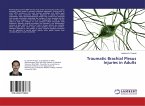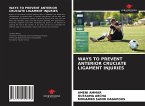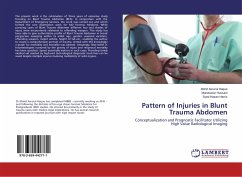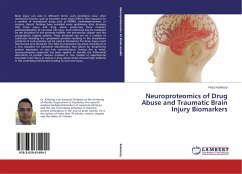Scapholunate (SL) ligament injury is a common injury to the wrist and often the result of a high energy mechanism or fall.This determines two main epidemiological lesional classes :A young population (20-30 years), associated with isolated high energy trauma ; An older population (40-50 years), usually manual workers, associated with repeated trauma.The former will be seen rather early, the latter later, which also considerably reduces therapeutic possibilities.Since young, active individuals are particularly prone to these injuries a reconstructive technique that withstands the high demands placed on these wrists is required. Often these injuries are missed and untreated during the acute phase when direct repair of the ligament is possible. Surgeons are often left to choose from a myriad of reconstructive techniques designed to reproduce the best carpal kinematics while attempting to restore strength and range of motion (ROM) of the wrist. It is well established that, if left untreated there is a staged pattern of predictable arthritis that develops in the carpus.
Bitte wählen Sie Ihr Anliegen aus.
Rechnungen
Retourenschein anfordern
Bestellstatus
Storno








